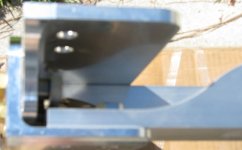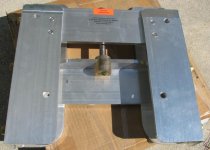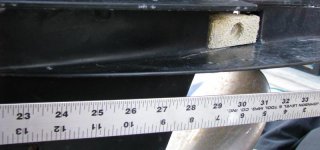Destroyer
God
Honestly I have to admit..... while I can't suggest it to anyone else as it is officially a BAD idea I would probably just run the 150 hp pre made plate.... Jus sayin
X2.... Since most manufacturers build in a certain load above the rated safe load, and if money wasn't all that important, I'd tend to do the same thing. Understand this is NOT a recommendation, just sayin what I would probably do.
Much like me running a 18hp Kicker on an EZ-IN kicker bracket for several years even thought the bracket was only rated for 10hp. But then again, I've never considered myself as the brightest candle in the box... so what the heck do I know....





